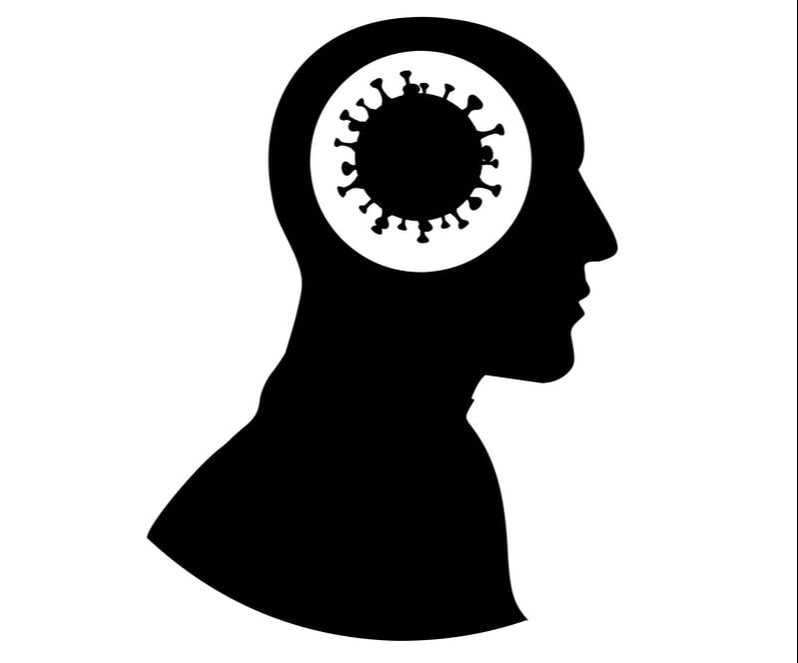Perhaps not surprising, these dueling cohorts fall neatly along political party lines. Each has logical arguments. The worriers point to higher infection rates and number of cases, the non-worriers to relatively low severity accompanying those cases. These attitudes manifest in policies for masking, school modality, and social gatherings, among others. I get both sides, but neither is perfect. There is a fine line between altruism and moral superiority, and a somewhat thicker line between apathy and brazen disregard for others. I’ve been on the COVID-caution spectrum from Day 1. My rationale has generally been about negative externalities. I don’t want COVID, to be sure, I am more stressed about spreading it to someone else. While this is certainly a possibility given Omicron’s penchant to sidestep the vaccine, I tend to veer off toward rather unrealistic scenarios. “What if I take my mask off for a second to drink of water during class, I get COVID, I give it to my dog, who licks the mailman, who then gets COVID and spreads it to his immunocompromised grandfather.” I have written about negative externalities before. Essentially, a choice made by person A negatively impacts person B, who had nothing to do with the decision. In this case, my choice impacts my mailman’s fictitious grandfather, which would definitely be a negative externality. However, this is improbable and bordering on impossible. One might even call it catastrophizing. If you’ve ever overthought a scenario to its most terrible and absurd conclusion, you have catastrophized. Catastrophizing distorts our perspective, creating a cognitive spiral towards the worst possible outcome. Amidst the grind that is COVID, it is no surprise that catastrophizing is related to anxiety and depression, but as hope crests the horizon, some people may be paralyzed by two years of playing out worst-case scenarios to embrace it. In the coming months, the messaging will likely recommend a letting down of our collective COVID guard. But the catastrophizing folks might need extra coaxing. One helpful mantra may be Zeynep’s Law. Named for Zeynep Tufekci, it states “Until there is substantial and repeated evidence otherwise, assume counterintuitive findings to be false, and second-order effects to be dwarfed by first-order ones in magnitude.” I’ve simplified it to “Don’t overweight what might happen for what will happen.” My mailman’s grandfather is probably not going to get COVID because of me, but my class will definitely be better if I don’t pass out from dehydration. The first-order effect of 40 students getting a better educational experience outweighs the slim-to-none second-order effect of my implausible COVID domino rally. This is normal. We tend to overweight low probabilities when the payoff is big (e.g., we all think we have a chance to win the lottery). The COVID payoff (i.e., another person’s life) is huge, and so caution here can—and has been—a useful risk mitigation strategy. As the death toll surpasses 900,000 in the United States, risk mitigation is still paramount, and there will always be a place in public health for caring about other people. There is also a place for sound judgment and rational choices.
0 Comments
|
AuthorColin Gabler is a writer at heart. Archives
May 2024
Categories |

 RSS Feed
RSS Feed